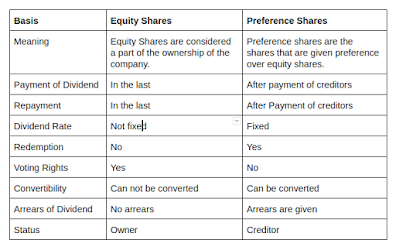The PAS-6 form was notified by the Ministry of Corporate Affairs (MCA) on 15th July 2020. The due date for filing the PAS-6 form by companies governed by the Rule 9A of the Companies Rules, 2014 was 13th September 2020, however, the MCA has extended the due date till 31st December 2020.
Q.1 – What is Rule 9A?
The Ministry of Corporate Affairs through the notification released on 10th September 2018 introduced Rule 9A under Companies (Prospectus and Allotment of Securities), Rules, 2014. The said rule is concerned with the issue of securities in Demat form by Unlisted Public Limited Company in India and became effective from 02nd October 2018.
According to Rule 9A,
Every unlisted public company shall –
- issue all future securities only in dematerialised form; and
- Convert all its existing securities into Demat form
This shall be done according to the provisions and regulations of the Depository Act, 1996.
Q.2 – What is Dematerialization?
Dematerialization refers to the process of converting physical share certificates into electronic forms, which aims to enhance transparency, security, and corporate governance.
Q.3 – What Are The Various Features of Rule 9A?
- Every unlisted public company is required to issue future securities only in Demat form and must also convert all its existing securities into Demat (with unique ISIN for each type of security).
- Before the company can make an offer for the issue of securities, it must convert all securities of its promoters, directors, KMP in Demat form.
- Every securities holder of such a company must get their securities converted into Demat form before they can transfer it to another person.
- Submission of reconciliation of share capital audit report.
- Security holders of the company shall file their grievances directly before the IEPF Authority.
The said rules of Rule 9A shall also be applicable to Deemed Public Companies, i.e. private companies which are subsidiaries of a public company. The rule, however, shall not apply to an unlisted public company which is either a Nidhi or a government company or a wholly-owned subsidiary.
Q.4 How to File PAS-6?
The PAS-6 form must be filed by every unlisted public company which is governed by Rule 9A. The form will be submitted to the Registrar of Companies along with such fees as provided in Companies (Registration Offices and Fees) Rules, 2014 and must be filed within 60 days from the completion of a half year. Did you want to find out about the best RTA Agent? if yes then you can choose our SAG RTA: A SEBI authorized Rajasthan's 1st Registrar and Share Transfer Agent Services provider company.
Any of the following persons are authorized to file PAS-6 on behalf of his/her company:
- Director
- Manger
- Company Secretary
- CEO
- CFO
Q.5 What is PAS-6 Filing Frequency & Due Date?
An unlisted public company is required to file two PAS-6 forms in a year for the following category of securities:
Q.6 – How to Obtain ISIN?
Any eligible company can obtain ISIN by filing a request with the concerned authority. If a company fails to obtain ISIN, they will be liable to pay a penalty under Section 450 of Companies Act, 2013 (punishment where no specific penalty or punishment is provided).
Can a company still file PAS-6 if it has not dematerialized its shares by 31st March 2020?
Yes. In such a case the company must provide details of physical shares in the column that says “shares held in physical form”.







